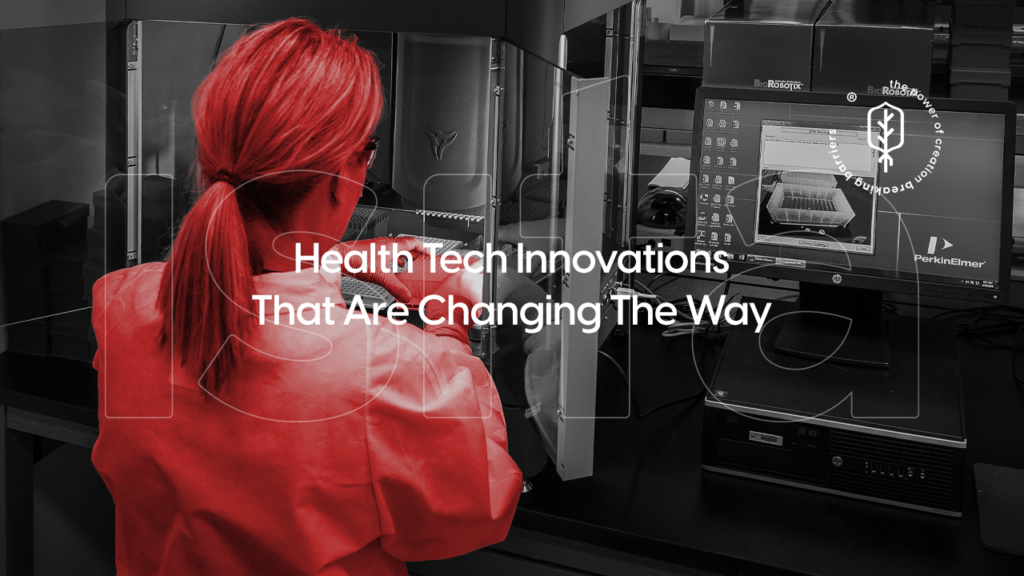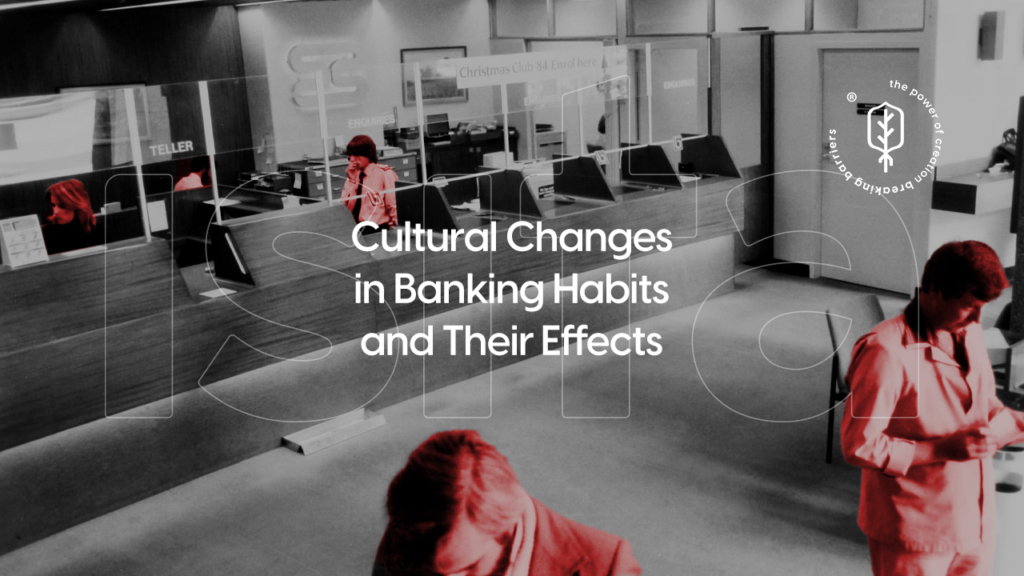In today’s highly competitive business environment, understanding customer behavior and preferences is more crucial than ever.
The advent of artificial intelligence (AI) has revolutionized the way companies gather, analyze, and leverage customer data. AI-driven customer insights provide businesses with deep, actionable understanding of their customers, enabling more informed decision-making and fostering better customer relationships.
This article explores the significance of AI in generating customer insights, the key techniques and tools used, and the best practices for leveraging these insights to enhance decision-making processes.
The Significance of AI-Driven Customer Insights
AI-driven customer insights are transforming the business landscape by offering unprecedented levels of understanding into customer behavior. Traditional methods of data analysis often fall short in handling the vast amounts of data generated by modern consumers. AI, with its ability to process and analyze large datasets quickly and accurately, bridges this gap effectively.
Improved Customer Understanding
AI algorithms can analyze customer data to identify patterns and trends that would be impossible for humans to detect. This deeper understanding helps businesses to anticipate customer needs and preferences, tailor their offerings, and provide personalized experiences.
Enhanced Decision-Making
By leveraging AI-driven insights, businesses can make more informed decisions. Whether it’s optimizing marketing campaigns, improving product development, or enhancing customer service, AI provides the data-driven foundation needed to make strategic choices that drive growth and customer satisfaction.
Increased Efficiency
AI streamlines the data analysis process, reducing the time and resources required to gain valuable insights. This efficiency allows businesses to respond more quickly to market changes and customer demands, maintaining a competitive edge.
Key Techniques for Generating AI-Driven Customer Insights
Several AI techniques are instrumental in generating valuable customer insights. These techniques include:
Machine Learning
Machine learning algorithms can analyze historical data to predict future customer behavior. By identifying patterns and trends, machine learning helps businesses anticipate customer needs and tailor their strategies accordingly. For example, predictive models can forecast which products a customer is likely to purchase based on their past behavior.
Natural Language Processing (NLP)
NLP enables AI systems to understand and interpret human language. This technique is particularly useful for analyzing unstructured data, such as social media posts, customer reviews, and support tickets. NLP can identify sentiment, extract relevant information, and provide a deeper understanding of customer opinions and experiences.
Customer Segmentation
AI can segment customers into distinct groups based on various criteria, such as demographics, behavior, and preferences. This segmentation allows businesses to target specific customer groups with personalized marketing strategies, improving engagement and conversion rates.
Recommendation Engines
AI-driven recommendation engines analyze customer data to suggest products or services that match their preferences. These engines enhance the customer experience by providing relevant and personalized recommendations, increasing the likelihood of purchase and customer satisfaction.
Sentiment Analysis
Sentiment analysis uses AI to determine the emotional tone of customer interactions. By analyzing customer feedback, reviews, and social media posts, businesses can gauge customer sentiment and make informed decisions to address concerns and improve satisfaction.
Tools and Technologies for AI-Driven Customer Insights
Several advanced tools and technologies facilitate the generation and application of AI-driven customer insights. These tools offer diverse features tailored to the unique needs of businesses:
Google Analytics
Google Analytics uses AI to provide insights into website traffic, user behavior, and conversion rates. Its machine learning algorithms can identify trends and anomalies, offering valuable recommendations for optimizing digital marketing strategies.
Salesforce Einstein
Salesforce Einstein is an AI-powered CRM tool that offers predictive analytics and automated insights. It helps businesses understand customer behavior, personalize interactions, and optimize sales and marketing efforts.
IBM Watson
IBM Watson provides advanced AI capabilities for analyzing customer data. Its NLP and machine learning features enable businesses to extract valuable insights from unstructured data, improving customer understanding and decision-making.
HubSpot
HubSpot’s AI-driven tools offer insights into customer behavior, marketing performance, and sales effectiveness. Its predictive analytics and recommendation engines help businesses tailor their strategies and improve customer engagement.
Adobe Analytics
Adobe Analytics leverages AI to provide deep insights into customer behavior across digital channels. Its machine learning models predict customer actions and offer recommendations for optimizing marketing campaigns and improving customer experiences.
Best Practices for Leveraging AI-Driven Customer Insights
To maximize the benefits of AI-driven customer insights, businesses should adhere to best practices that ensure effective implementation and utilization of these insights. Key practices include:
Define Clear Objectives
Establish clear objectives for your AI-driven customer insights initiatives. Determine the key performance indicators (KPIs) and metrics that are critical for understanding customer behavior and measuring the success of your strategies.
Ensure Data Quality
High-quality data is essential for generating accurate AI-driven insights. Ensure that your data is clean, complete, and up-to-date. Implement robust data governance practices to maintain data integrity and reliability.
Integrate Data Sources
Integrate data from various sources to gain a holistic view of customer behavior. Combining data from CRM systems, social media, website analytics, and other channels provides a comprehensive understanding of customer interactions and preferences.
Foster Collaboration
Encourage collaboration between data scientists, marketers, and customer service teams. This interdisciplinary approach ensures that AI-driven insights are effectively translated into actionable strategies that enhance customer experiences and drive business growth.
Continuously Monitor and Optimize
AI-driven customer insights should be continuously monitored and optimized. Regularly review the performance of your AI models, update them with new data, and refine your strategies based on the latest insights to stay ahead of market trends and customer expectations.
Prioritize Privacy and Security
Respect customer privacy and ensure data security. Implement robust data protection measures and comply with relevant regulations to build trust with your customers and protect their sensitive information.
Invest in Training
Ensure that your team is well-versed in AI tools and techniques. Invest in training programs to enhance their skills and keep them updated with the latest advancements in AI-driven customer insights.
Conclusion: The Role of AI-Driven Customer Insights in Enhancing Decision-Making
AI-driven customer insights are transforming the way businesses understand and engage with their customers. By leveraging advanced AI techniques and tools, companies can gain deep, actionable insights into customer behavior, preferences, and sentiments. These insights enable more informed decision-making, improved customer experiences, and enhanced business outcomes.
As AI continues to evolve, its role in generating customer insights will only become more significant. Businesses that prioritize and invest in AI-driven customer insights will be better positioned to understand their customers, anticipate their needs, and deliver personalized experiences that drive loyalty and growth. In an increasingly competitive landscape, AI-driven customer insights are a powerful tool for achieving sustainable success and maintaining a competitive edge.



